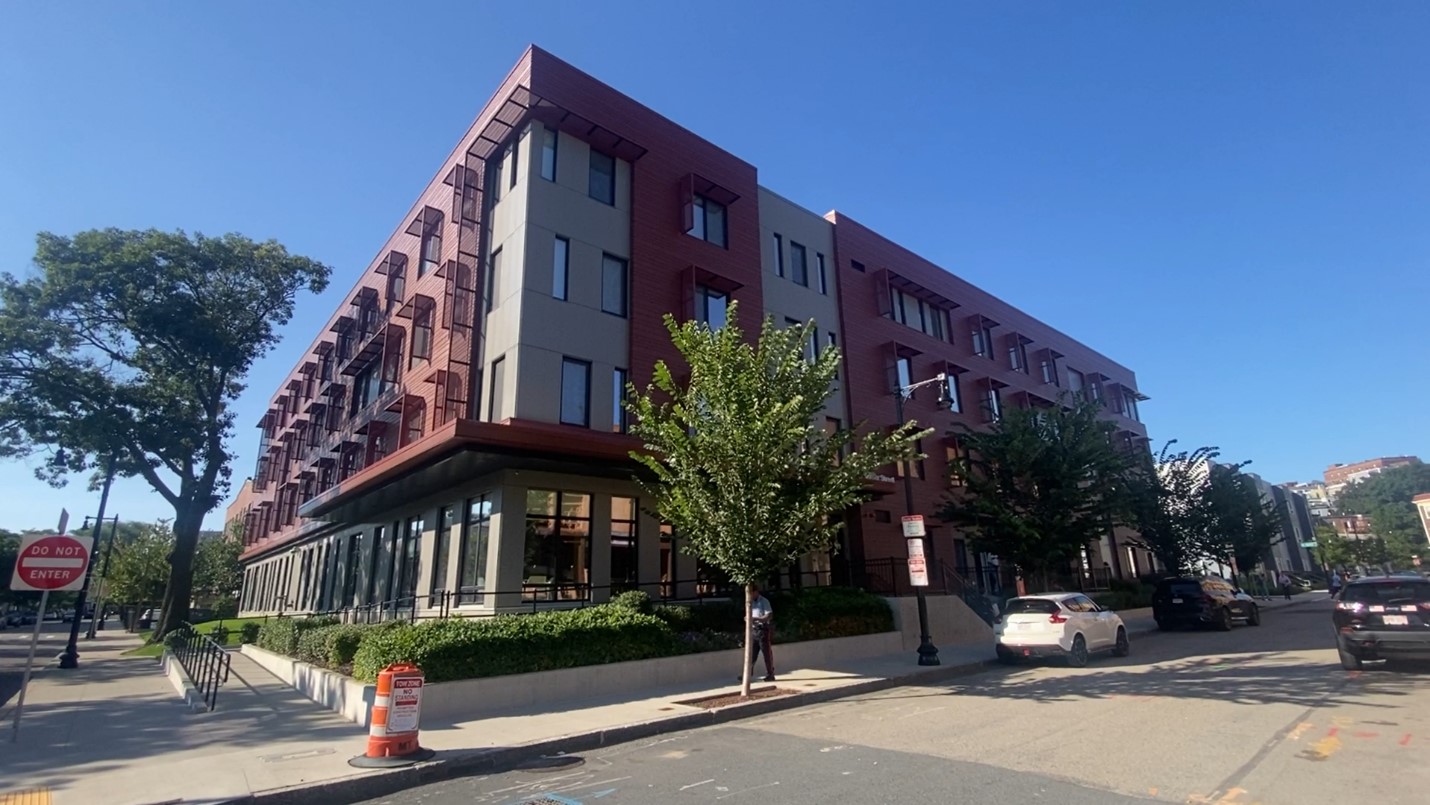As climate change threatens to bring more severe weather to Massachusetts, Bay State leaders have released a new plan revealing our biggest risks, as well as the actions that could protect people and property.
The Healey Administration on Wednesday released its ResilientMass Plan, which goes over the most significant climate threats to Massachusetts and what is being done to safeguard against them.
The biggest climate risk Massachusetts is facing? ResilientMass says that would be inland flooding — something that has been a major issue for the state this year, in places like Leominster and North Attleborough.
Get Boston local news, weather forecasts, lifestyle and entertainment stories to your inbox. Sign up for NBC Boston’s newsletters.
Other examples of extreme weather that are considered our state's biggest risks include high heat, coastal flooding and erosion, as well as wildfires.
"What this plan is about is looking at what are the impacts of climate change specifically to Massachusetts, we know its going to get hotter, and wetter and that weather is going to be more extreme," Undersecretary for Decarbonization and Resilience Katherine Antos said in an interview with NBC10 Boston. "We looked across all of our executive agencies to say what can we do to reduce the risk."
The plan actually outlines 142 total actions across stage agencies — actions that include updating MBTA building standards and making the state's building code more resilient.
Get updates on what's happening in Boston to your inbox. Sign up for our News Headlines newsletter.
Those involved in the report said it's crucial that people across the state operate "off the same sheet of music."
"It's important that everyone understands what the risks and vulnerabilities are across the Commonwealth," Marybeth Groff said, who is the Hazard Mitigation and Climate Adaptation Coordinator for the state's emergency management agency. "So this is the opportunity to provide that information and data so everyone who needs to respond and needs to protect lives is able to do that."
The annual economic impact of flood damage in Massachusetts is expected to increase by nearly $10 million by 2030.
Coastal flooding is expected to cause over $52 million in damage annually to state-owned property by 2070 — which would mark a 550% increase from 2023. Sea levels could rise by up to 2.5 feet in the next quarter century or so.
With climate change threatening more intense weather events and other impacts, state officials say preparations are in place.
"We’re launching a new office of climate science so that we can continue to gather that information and make sure our state agencies and also our cities and towns are using that consistently," Antos said. "As we continue to take climate action, as we continue to look at our codes and make sure our buildings can handle flood risk, that they will keep people safe and healthy during extreme heat events."
Three resilience projects in Massachusetts recently got millions of dollars in funding from FEMA — the Island End River Coastal Flood Resilience Project, MBTA’s Blue Line Tunnel Airport Portal Flood Protection Project and Avon’s Emergency Interconnection Pump Station Project.



